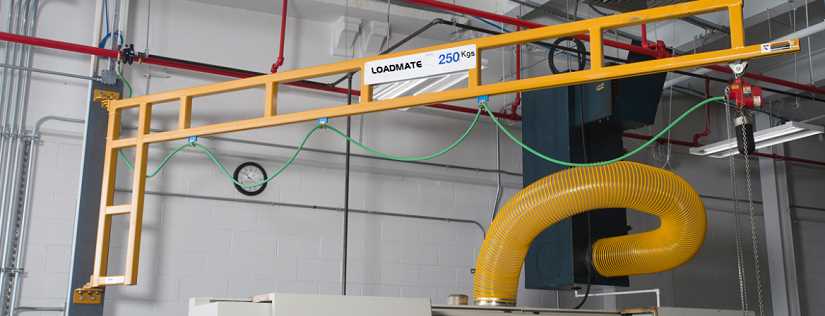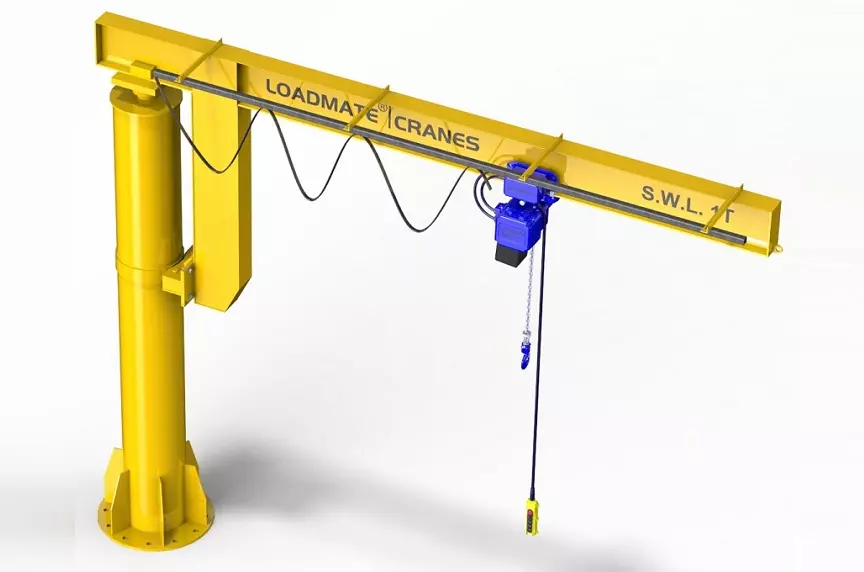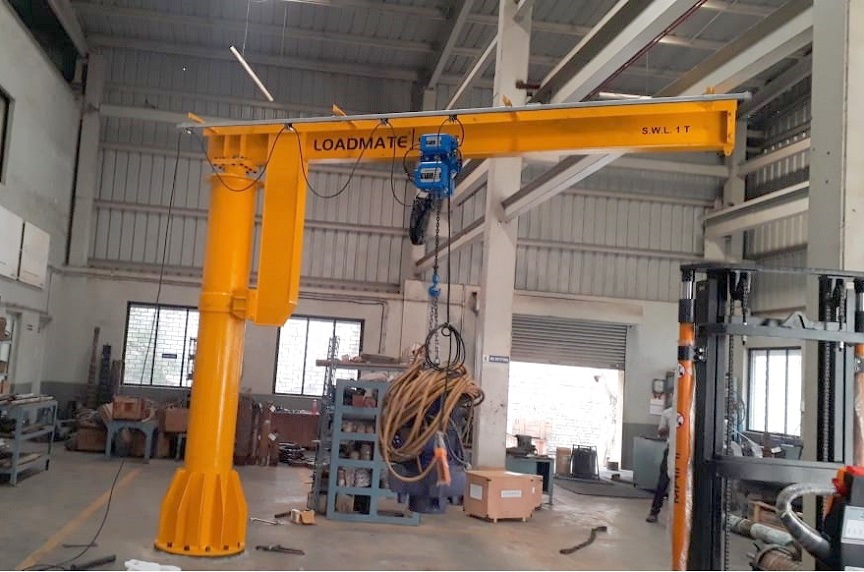Jib cranes are one of the advantageous systems to lift your heavy loads for construction, manufacturing, and several other purposes. In Jib cranes, the pillars remain stable at one place while helping with the rotation mechanism due to the movable hoist. This hoist lifts our loads to perform the major function of the crane. However, you can find jib cranes of different types, and the two popular ones are standard I-beam jibs and workstation jibs. We will help you in comparing both the jib crane models.
Learn about the features of workstation Jib cranes
One of the most notable parts of these workstation Jib cranes is the enclosed trussed tracks. Manufacturers have used these tracks to replace the standard jib boom. Conversely, standard jibs rely on the I-beam and not an enclosed track.
The ergonomic design is one of the major reasons for choosing workstation jib cranes. These systems help in transferring loads repeatedly, and their performance is faster compared to motorized jib cranes.
You can use them to manage lighter loads in your industrial site. Moreover, you may buy these jib cranes at a reasonable rate.
Workstation jib cranes are available in a range of versions-
- Floor-mounted
- Freestanding
- Wall-mounted
- Mobile and portable
Thus, identify your needs to know the type of workstation jib cranes essential for your needs. Moreover, you may ask manufacturers to customize the parts and capacities of your cranes.
There is a column fitted to the floor surface while you have chosen freestanding workstation jib cranes. These cranes have the best applications in a 3-dimensional environment. Furthermore, you may choose them for your concentrated lifting solutions.
Mobile Jibs can move from one site to another in your workplace. Conversely, wall-mounted cranes have columns attached to the floor surface.
Let us now see why workstation jib cranes have become popular.
- They are available with a range of load capacities and are highly customizable
- Workstation jib cranes have high adaptability, reliability, and safety features.
- They are best for short-distance solutions. However, you may also choose them to transfer heavy loads and manage intensive lifting mechanisms.
- You can find these jibs with a 360-degree rotation system.
- These cranes are very easy to install and do not need much maintenance.
The best workstation jib cranes have a scientific design ensuring high durability and reliability.
Now, we need to talk about standard I-beam jib cranes. Crane engineers use a tubular sheet to design the mast of the crane and its I-beam. Moreover, there are wall-mounted jibs created with two I-beams-
- One of them remains attached to the wall and mounting brackets
- Another beam is useful for the boom.
The optimal standard deflection and easy rotation- are two major reasons for choosing I-beam jib cranes. You can position your load easily and safely.
I-beam jib cranes are available in a range of models.
Freestanding cranes- They are highly versatile crane systems, and you can place them in the open sites that you have chosen as workstations. You may choose them for assembly and machining operations. However, you can overlap them with other jib cranes in your outdoor sites. For instance, it is better to combine these cranes with the loading docks. Freestanding cranes may have a capacity of about 5,000 kg. Moreover, they have a 360-degree rotation system and diverse mounting styles including-
- Insert sleeve
- Sleeve mounted
- Base plate mounted
The circular coverage of these cranes can be up to 20’.
Wall bracket cranes- These I-beam jib cranes are available at a reasonable rate. They provide many levels of hoist coverage along with the columns of plants. The highest capacity of these cranes can be 10,000 lbs, and the circular coverage is up to 30’. You can find these cranes with 200-degree rotation. What’s more, these cranes are useful to swing around the present obstacles.
Mast-type crane- There is no special foundation of this I-beam jib crane, and the floor surface helps in sustaining it. This jib crane has the capability of rotating 360 degrees with the bottom and top bearing system. Moreover, this effective design has made this crane the most economical solution. The capacity of this mast-type crane is almost10,000 lbs., while it spans up to 20’.
Moreover, this crane has a full-cantilever system with a high lift amount and much headroom. It also includes a Drop Cantilever helping you with the proper boom placement to remove overhead obstructions.
Wall Cantilever crane- It is another type of I-beam jib crane much like that of the wall bracket model. However, it gives you a chance to provide a high amount of lift for your hoist. You can install it in adjacent ceiling obstructions. With a capacity of 10,000 lbs. and a coverage of 20’, it needs a column. You will also find a welded connections for the bracket centres.
Now, the detailed information on workstation cranes and I-beam standard jib cranes will help you to identify the difference. Check out their features and choose the right jib crane from LOADMATE.




